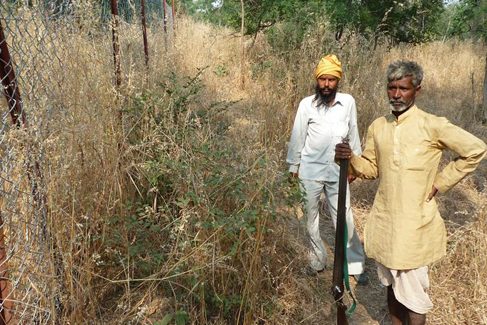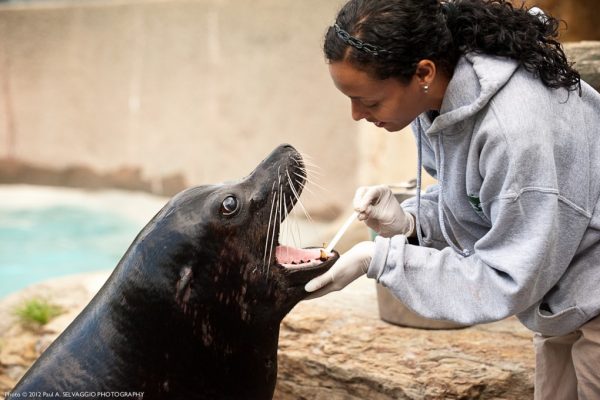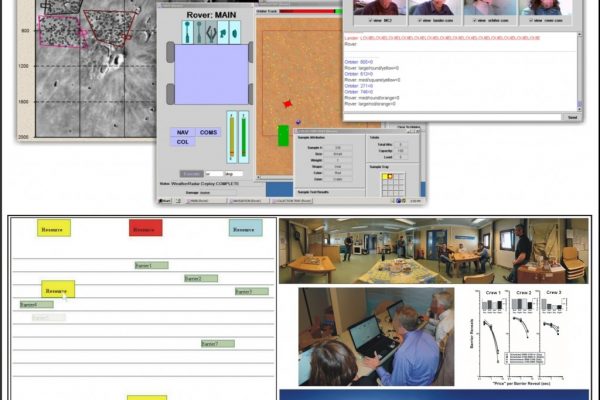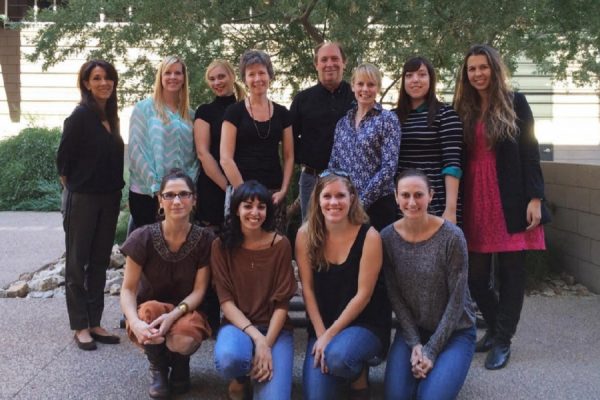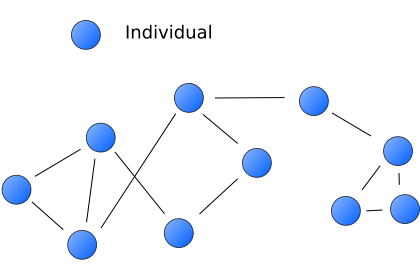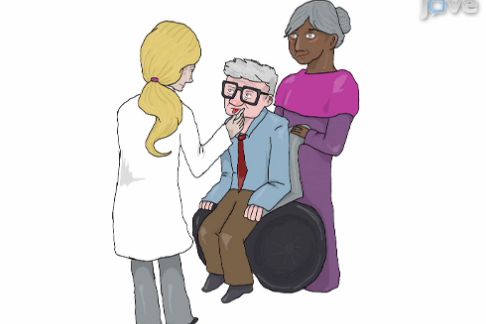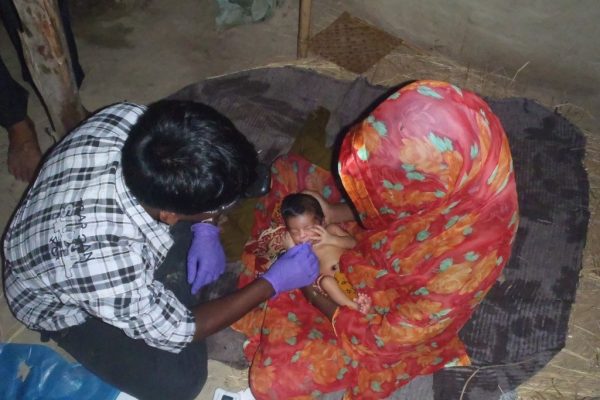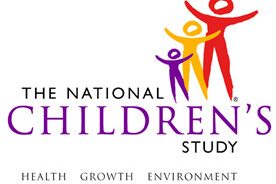- Kimonis, E. R., et al. (2018). Dehydroepiandrosterone (DHEA) and its ratio to cortisol moderate associations between maltreatment and psychopathology in male juvenile offenders. Psychoneuroendocrinology.
- Gatzke-Kopp, L. M., et al. (2018). Magnitude and Chronicity of Environmental Smoke Exposure Across Infancy and Early Childhood in a Sample of Low-Income Children. Nicotine Tob Res.
- Pisanic, N., et al. (2018). Minimally Invasive Saliva Testing to Monitor Norovirus Infection in Community Settings. J Infect Dis.
- Affifi, T. D., et al. (2018). Testing the theory of resilience and relational load (TRRL) in families with type I diabetes. Health Commun.
- Wheelock, M.D., et al. (2018). Psychosocial stress reactivity is associated with decreased whole brain network efficiency and increased amygdala centrality. Behav Neurosci.
- Kornienko, O., et al. (2018). Associations Between Secretory Immunoglobulin A and Social Network Structure. Int J Behav Med.
- Kuhlman, K. R., et al. (2018). Interparental conflict and child HPA-axis responses to acute stress: Insights using intensive repeated measures. J Fam Psychol.
- Kuhlman, K. R., et al. (2018). HPA-Axis Activation as a Key Moderator of Childhood Trauma Exposure and Adolescent Mental Health. Journal of abnormal child psychology.
- Corey-Bloom, J., et al. (2018). Salivary levels of total huntingtin are elevated in Huntington’s disease patients. Sci Rep.
- Martinez, A. D., et al. (2018). Household fear of deportation in Mexican-origin families: Relation to body mass index percentiles and salivary uric acid. Am J Hum Biol.
UCI School of Social Ecology
Social Ecology I
Irvine, CA 92697-7050
www.uci.edu
www.socialecology.uci.edu
UCI Program in Public Health
UCI Health Sciences Complex
856 Health Sciences Quad
Irvine, CA 92697-3957
www.uci.edu
www.publichealth.uci.edu


